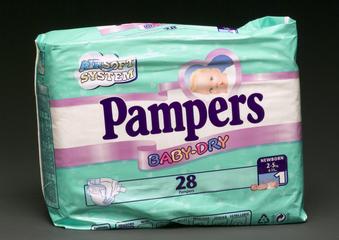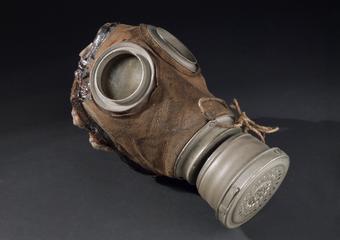
Sign from a sample preparation area of a COVID-19 testing centre




Sign “Sample Input Area Processing Priority” including printed and hand written instructions “Elective care in now top priority”, with a yellow smiley face, displayed at the Sample Input area where COVID-19 samples were delivered after initial unpacking and heat treatment at Cambridge COVID-19 Test Centre, based at the Anne McLaren Building on the University of Cambridge Biomedical Campus, April 2020 - April 2021
Throughout the year long operation of the Cambridge COVID-19 Test Centre, priorities for testing changed – often so quickly that handwritten messages had to be added to printed signs. Elective care refers to planned hospital admissions, out-patient appointments, and diagnostic procedures – all of which were either postponed or where possible handled remotely.
Delivered in just five weeks rather than the normal six month fit out for a testing laboratory the Cambridge COVID-19 Test Centre tested 3 million samples. The Test Centre was originally a collaboration between the University of Cambridge, AstraZeneca, and GSK, staffed by volunteers from the three sites, many of leaving their studies or roles for a few months, or taking on additional jobs. Volunteers worked in shift patterns in the same role to prevent the spread of COVID-19. In June 2020, the testing centre transition to a directly employed workforce, rather than relying on volunteers. The laboratory was run by Charles River Laboratories with 200 staff.
Details
- Category:
- Public Health & Hygiene
- Object Number:
- 2022-72/9
- Materials:
- paper
- Measurements:
-
overall: 297 mm x 210 mm
- type:
- sign




